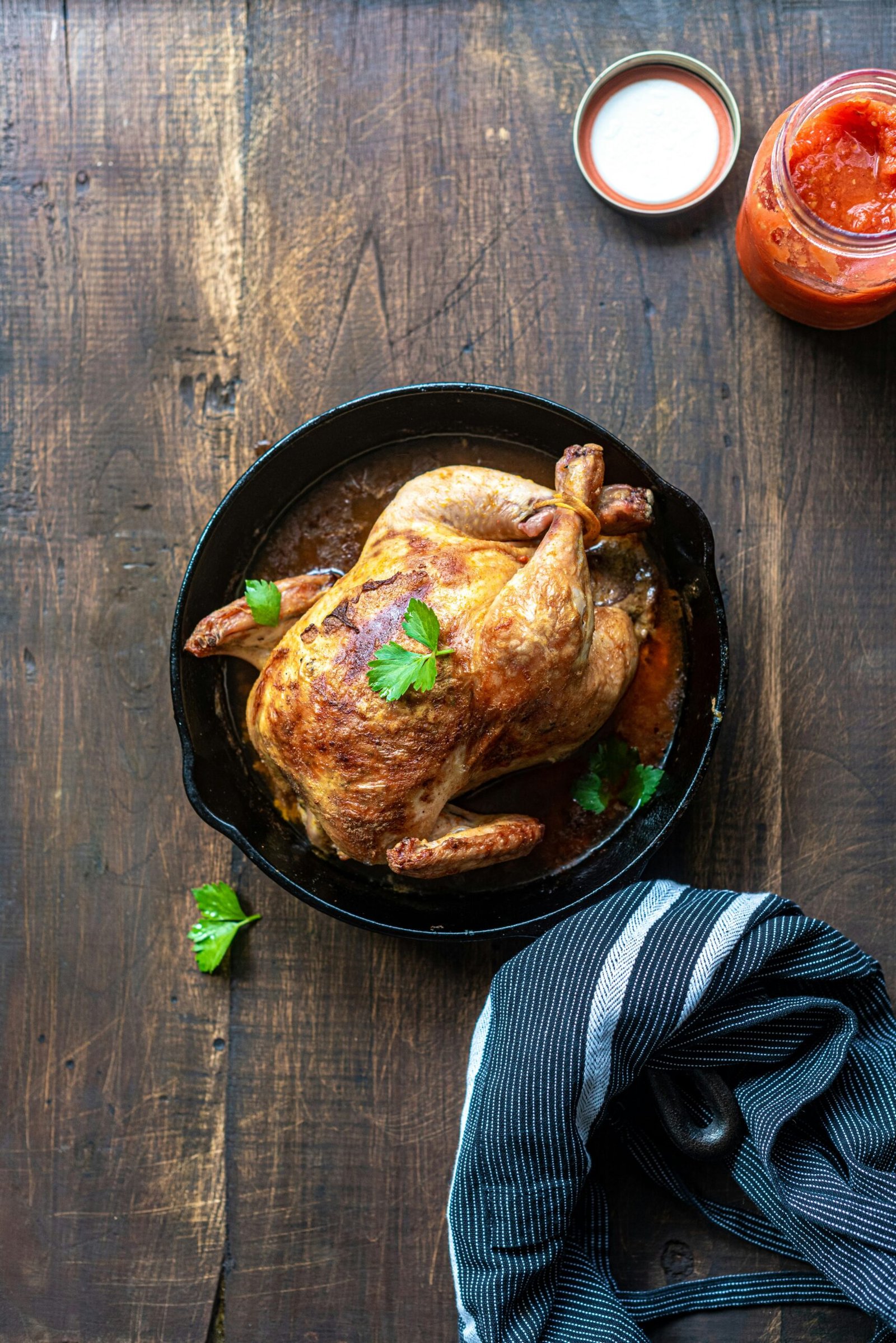
Introduction to Cast Iron Skillets
The cast iron skillet is a timeless culinary tool with a rich history dating back to ancient China and Europe, where it was revered for its durability and heat retention properties. This indispensable kitchen item is made of molten iron poured into molds and then baked at extremely high temperatures to achieve its characteristic toughness. Becoming a staple in kitchens for centuries, the cast iron skillet has proven its unmatched value in culinary applications, from everyday cooking to gourmet preparations.
One of the most compelling reasons why cast iron skillets have maintained their popularity is their unparalleled ability to retain and evenly distribute heat. This superior heat retention makes them ideal for a variety of cooking methods, including frying, searing, baking, and slow-cooking. Unlike other cookware materials that may warp or degrade over time, cast iron skillets become more seasoned and effective with use, enhancing the flavors of the dishes prepared in them.
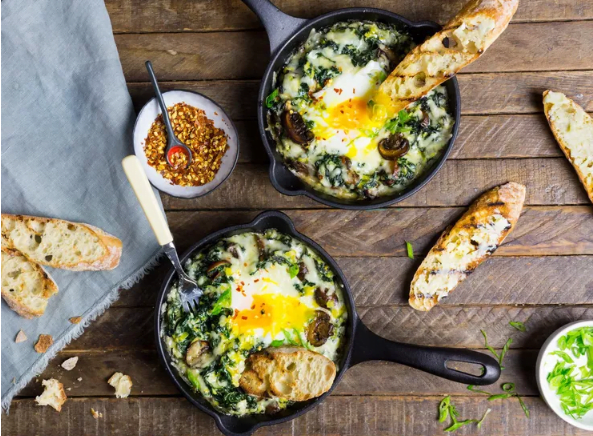
Beyond their remarkable heat retention, cast iron skillets offer several advantages over other types of cookware. Firstly, they are exceptionally durable; with proper care, they can last for generations, offering excellent value for money. Secondly, these skillets are versatile—capable of transitioning from stovetop to oven without any concerns. Moreover, cooking with cast iron can infuse food with a small amount of dietary iron, contributing to nutritional intake.
Proper maintenance is crucial for the longevity of a cast iron skillet. Seasoning, an essential process, involves coating the skillet with a thin layer of oil and baking it to create a natural, non-stick surface. It’s important to regularly re-season the skillet to maintain its efficiency and protect it from rust. After use, cleaning should be done with minimal soap and water, avoiding abrasive materials that can strip its seasoned layer.
By understanding the history, benefits, and maintenance of the cast iron skillet, one can fully appreciate this versatile kitchen tool that has transcended generations, making it a staple in kitchens worldwide.
Searing and Sautéing
Searing and sautéing are two fundamental cooking techniques that can be significantly enhanced by using a cast iron skillet. Owing to its exceptional heat retention, a cast iron skillet allows you to achieve the ideal caramelized crust on meats and vegetables, adding depth and complexity to your dishes.
To achieve the perfect sear on a steak, begin by preheating your cast iron skillet over medium-high heat for several minutes. The skillet must be sufficiently hot before adding your steak to ensure that it sears without sticking. Lightly oil the steak and season it with salt and pepper. Carefully place the steak in the hot skillet and press down gently. Allow it to cook undisturbed for about 3-4 minutes on each side, creating a deliciously browned crust.
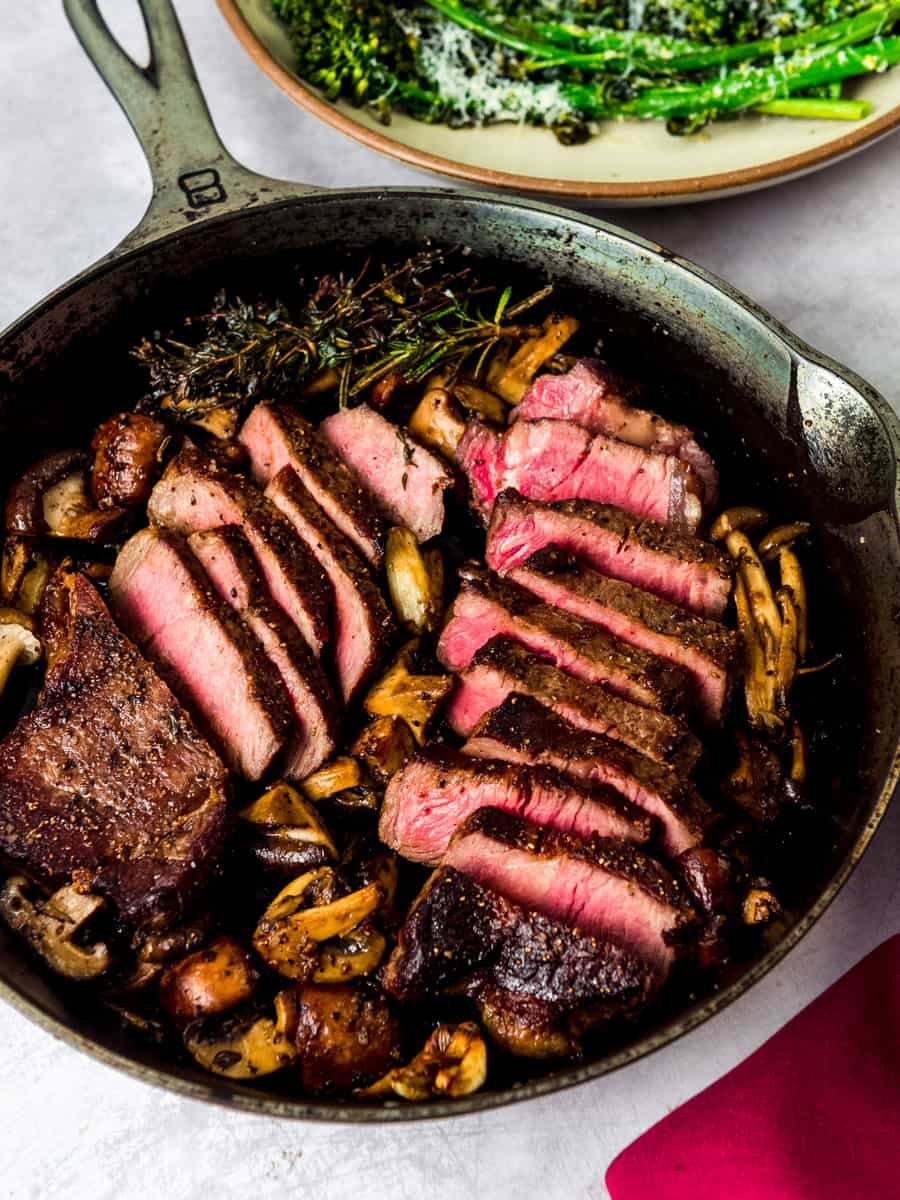
When it comes to sautéing vegetables, the cast iron skillet’s high, even heat plays an essential role. Start by heating your skillet over medium heat and adding a small amount of oil. Once the oil shimmers, add your vegetables in a single layer to prevent steaming. Stir occasionally to promote even browning. Vegetables like bell peppers, mushrooms, and onions particularly benefit from this method, as the skillet’s steady heat ensures they develop a rich, caramelized exterior while maintaining their natural sugars and flavors.
To prevent ingredients from sticking, ensure the skillet is preheated adequately and use sufficient oil. During cooking, you can deglaze the skillet with a small amount of broth or wine to lift any caramelized bits, incorporating additional flavor into your dish. Adequate seasoning of your cast iron skillet also helps in sautéing without sticking.
Some classic recipes that leverage the cast iron skillet’s searing and sautéing prowess include pan-seared ribeye steak, crispy Brussels sprouts, and sautéed garlic shrimp. Each of these dishes exemplifies the skillet’s ability to deliver superior flavor and texture, making it an indispensable tool in any kitchen.
Baking and Roasting
One of the most celebrated aspects of the cast iron skillet is its unparalleled versatility, especially when it comes to baking and roasting. Owing to its ability to retain and evenly distribute heat, the cast iron skillet ensures uniformly cooked baked goods, delivering consistent and delightful results. Unlike conventional bakeware, the skillet’s heat retention capabilities enhance the depth of flavors and the textures of various dishes.
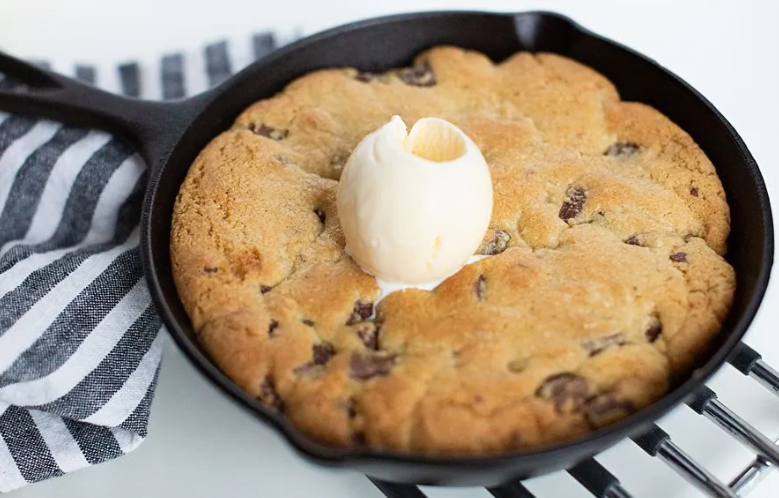
When baking with a cast iron skillet, its thermal efficiency plays a crucial role. For instance, cornbread baked in a cast iron skillet boasts a perfectly crisp edge with a moist and tender interior. Similarly, homemade pizzas enjoy a beautifully browned crust that remains crispy yet chewy, a feat often difficult to achieve with traditional baking sheets.
Desserts also benefit significantly from the skillet’s unique qualities. Brownies baked in a cast iron skillet emerge with a rich, gooey center and a slightly crispy exterior, while fruit cobblers develop a well-caramelized crust that enhances the overall savoriness of the dish.
To make the most of baking and roasting in your cast iron skillet, it’s essential to follow a few guidelines:
- Ensure your skillet is well-seasoned to prevent sticking and to add depth to flavors.
- Preheat the skillet in the oven before adding your batter or dough, promoting even cooking and preventing overbaking.
- Utilize proper heat settings as cast iron tends to retain heat longer than typical bakeware.
Some popular recipes that exemplify the skillet’s prowess in baking and roasting include:
Classic Cornbread: Preheat your skillet in the oven at 425°F. Mix your cornbread batter and pour it into the hot skillet. Bake for 20-25 minutes, or until golden brown and a toothpick inserted comes out clean.
Skillet Pizza: Preheat the skillet at 475°F with a layer of olive oil. Stretch your pizza dough into the hot skillet, add your favorite toppings, and bake for 12-15 minutes, or until the crust is golden and the cheese is bubbly.
Brownie Bliss: Prepare your brownie mix and pour it into a greased, preheated skillet. Bake at 350°F for 25-30 minutes, ensuring a deliciously gooey center.
These recipes underline the cast iron skillet’s capabilities, proving it an indispensable tool for both amateur and seasoned chefs alike. By integrating a cast iron skillet into your baking and roasting routine, you not only enhance the flavors but also achieve impeccable cooking results every time.
One-Pan Meals and Casseroles
The cast iron skillet is an invaluable tool in any kitchen, particularly when it comes to the convenience and efficiency of preparing one-pan meals and casseroles. Its unique ability to transition seamlessly from stovetop to oven makes it ideal for creating dishes that require browning ingredients before finishing them off with a bake. This not only reduces the need for multiple cooking vessels but also enhances the depth of flavor in your meals.
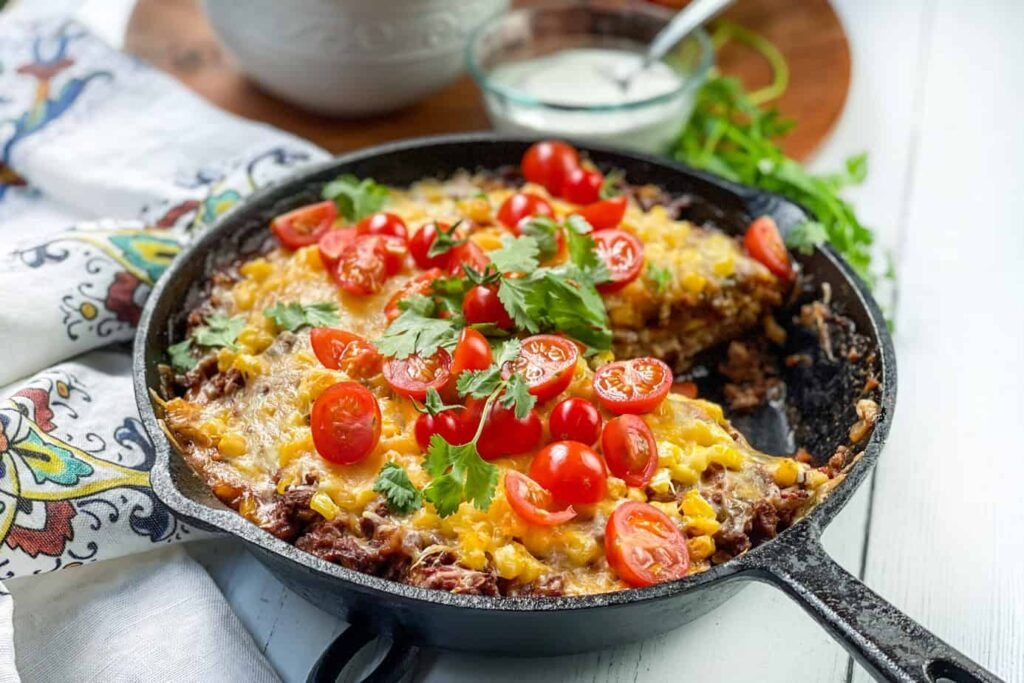
One of the primary advantages of using a cast iron skillet for one-pan meals is the ability to layer ingredients directly in the skillet for optimal cooking. Start by sautéing or browning the base ingredients, such as onions, garlic, and proteins, to develop rich, complex flavors. Once the initial layer is cooked, add vegetables, grains, or pasta, followed by liquid ingredients like broth, tomato sauce, or cream, depending on the dish. This method ensures that each ingredient is cooked properly and absorbs the flavors of the others, resulting in a harmonious and delicious final product.
There are numerous recipes that demonstrate the versatility of a cast iron skillet for one-pan meals. For instance, skillet lasagna is a delightful option that combines all the classic flavors of traditional lasagna into a single pan. Start by browning ground meat and garlic, layering noodles, ricotta, and sauce, then bake to perfection. Similarly, a chicken pot pie made in a cast iron skillet involves sautéing vegetables and chicken, then covering them with a flaky pie crust before baking. Breakfast hash is another popular choice, featuring a combination of potatoes, bell peppers, onions, and your choice of breakfast meat, all cooked together and topped with eggs for a hearty start to the day.
Ultimately, the cast iron skillet’s versatility and efficiency make it an essential tool for preparing one-pan meals and casseroles, allowing you to create delicious and wholesome dishes with minimal fuss and cleanup.
